Char Dham Yatra Cost By Bus: A Detailed Guide for Pilgrims
The Char Dham Yatra is a prestigious pilgrimage circuit in India, consisting of four sacred shrines located in the majestic Himalayas: Yamunotri, Gangotri, Kedarnath, and Badrinath. For many devotees, undertaking this journey by bus is a practical and cost-effective choice, providing a balance between affordability and comfort. If you’re planning to embark on the Char Dham Yatra by bus, understanding the cost involved and what factors influence it will help you budget effectively and prepare for the journey. This comprehensive guide will explore the costs associated with bus travel for the Char Dham Yatra, including the various factors that impact pricing, and tips for making your trip as smooth as possible.
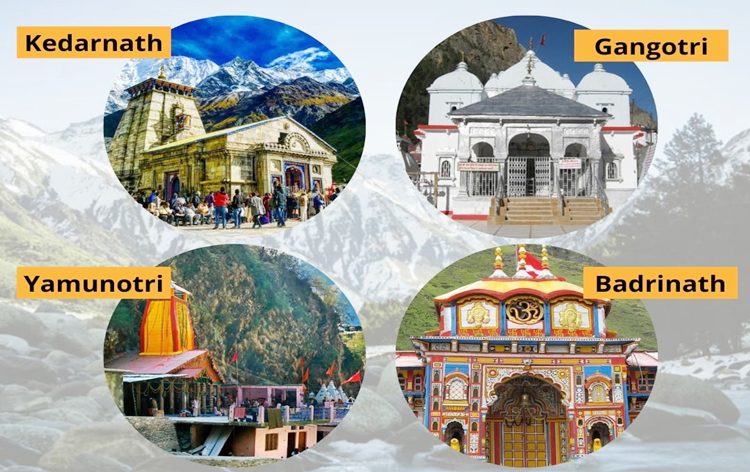
1. Overview of Char Dham Yatra by Bus
Traveling to the Char Dhams by bus is a popular option for pilgrims who seek an economical way to complete the journey. Buses are often chosen for their affordability and relatively comfortable travel, especially when compared to more expensive modes of transportation like helicopters or private taxis.
Why Choose Bus Travel?
- Cost-Effective: Generally cheaper compared to private vehicles or helicopter services.
- Social Experience: Opportunity to travel with fellow pilgrims, enhancing the communal and spiritual aspect of the journey.
- Flexible Options: Various bus services cater to different budgets and preferences.
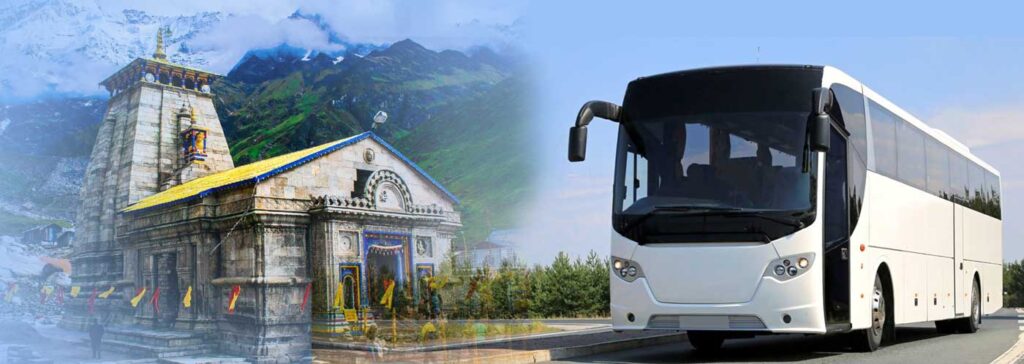
2. Breakdown of Char Dham Yatra Costs by Bus
The cost of the Char Dham Yatra by bus can vary based on several factors, including the type of bus service, duration of the trip, and additional services provided. Here’s a detailed look at the factors influencing the cost:
2.1. Type of Bus Service
- Standard Buses: These are basic buses offering essential amenities. They are the most budget-friendly option, with costs generally ranging from ₹20,000 to ₹30,000 per person for the complete yatra.
- Luxury Buses: These buses offer more comfort with amenities such as air conditioning, better seating, and additional facilities. Costs for luxury bus services typically range from ₹35,000 to ₹50,000 per person.
2.2. Duration of the Trip
The duration of the Char Dham Yatra by bus can vary depending on the route and number of rest days included.
- Standard Duration: Usually around 10 to 12 days, covering all four shrines with sufficient time for travel and sightseeing.
- Extended Duration: Some packages may offer a more relaxed itinerary of 14 days or more, which may come at a higher cost.
2.3. Inclusion of Accommodation and Meals
Many bus packages include accommodation and meals as part of the cost. Here’s how these inclusions impact pricing:
- Budget Packages: Basic accommodations in guesthouses or dharamshalas with minimal meal provisions. Prices typically range from ₹20,000 to ₹30,000 per person.
- Standard Packages: Includes stays in mid-range hotels with better amenities and meals. Prices range from ₹30,000 to ₹45,000 per person.
- Luxury Packages: Higher-end accommodations with better facilities and full meal plans. Prices generally range from ₹45,000 to ₹60,000 per person.
2.4. Additional Costs
Miscellaneous Expenses: Personal expenses, optional sightseeing tours, and any extra services not included in the package.
Permits and Taxes: Some packages may include permits and taxes, but it’s important to confirm this with the travel agency.
Tips and Gratuities: Optional but recommended for drivers, guides, and hotel staff.
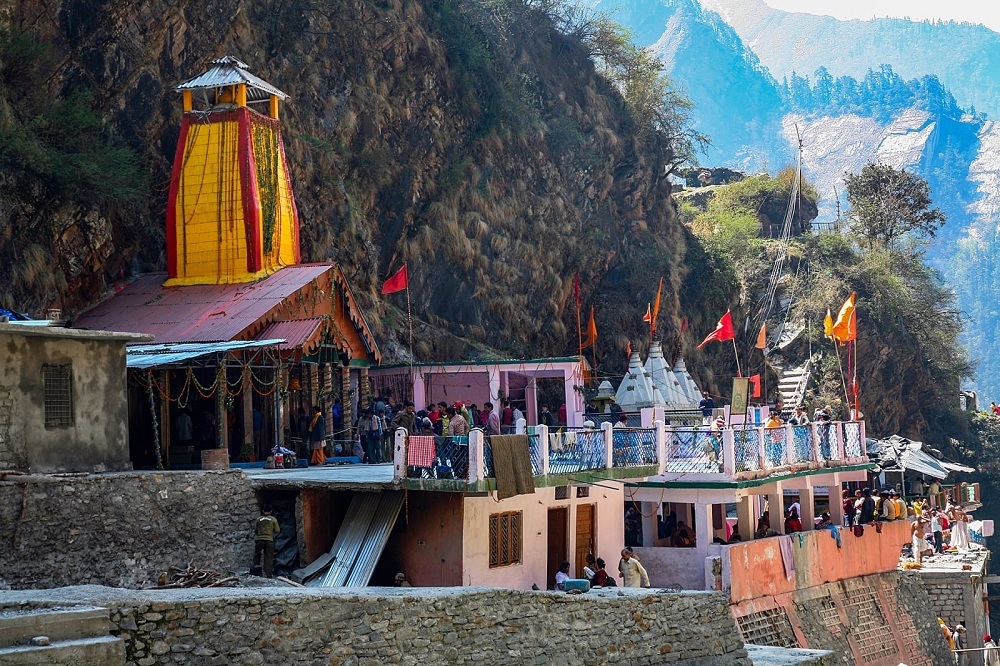
3. Example Char Dham Yatra Bus Packages
Here are some sample Char Dham Yatra bus packages, illustrating the range of costs based on different service levels:
3.1. Budget Package
- Duration: 10 Days
- Includes: Basic road transportation, budget accommodation (guesthouses), and simple meals.
- Cost: ₹20,000 – ₹30,000 per person
- Features: Essential amenities, basic comfort, and minimal frills.
3.2. Standard Package
- Duration: 12 Days
- Includes: Comfortable road transportation, mid-range hotels, and some meals.
- Cost: ₹30,000 – ₹45,000 per person
- Features: Improved comfort, better accommodations, and more inclusive meal plans.
3.3. Luxury Package
- Duration: 12-14 Days
- Includes: Luxury road transportation (air-conditioned buses), upscale hotels, and full meal plans.
- Cost: ₹45,000 – ₹60,000 per person
- Features: Enhanced comfort, premium accommodations, and additional services.
4. Tips for Booking Your Char Dham Yatra by Bus
4.1. Research and Compare
- Travel Agencies: Research various travel agencies that offer Char Dham Yatra bus packages. Look for agencies with good reputations and positive reviews.
- Package Inclusions: Compare what is included in each package, such as accommodation, meals, and additional services.
4.2. Verify Details
- Comfort and Amenities: Ensure that the bus service meets your comfort requirements, including seating arrangements and facilities.
- Accommodation Quality: Confirm the standard of accommodation provided and check reviews if available.
4.3. Book in Advance
Preparation: Early booking allows you to prepare better, including medical check-ups and packing.
Availability: Char Dham Yatra is popular, particularly during the peak season. Booking early secures your spot and potentially better rates.
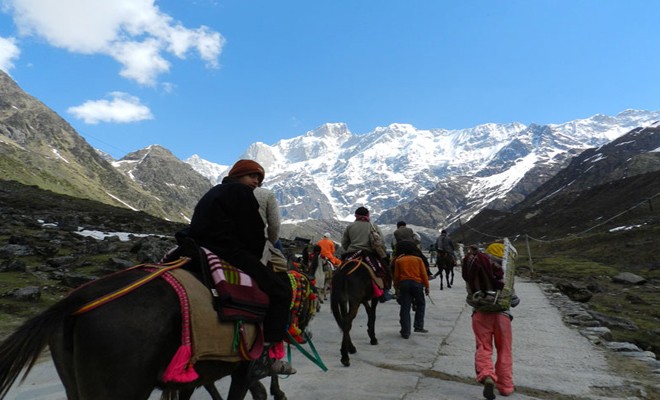

5. Practical Considerations
5.1. Health and Safety
- Medical Check-Up: Prior to embarking on the journey, get a thorough medical check-up to ensure you’re fit for travel.
- Medication: Carry all necessary medications and a basic first-aid kit.
5.2. Packing Essentials
- Comfortable Clothing: Pack appropriate clothing for varying weather conditions, including warm layers and rain gear.
- Footwear: Sturdy, comfortable shoes for walking on uneven terrain.
- Personal Items: Include travel essentials like a water bottle, travel pillow, and personal hygiene items.
5.3. On the Journey
- Stay Hydrated: Drink plenty of water, especially at high altitudes.
- Take Breaks: Rest as needed and avoid overexertion.
- Follow Guidelines: Adhere to the travel guidelines provided by the bus service and your travel agency.
6. Understanding the Char Dham Yatra Experience
6.1. Scenic Beauty
Traveling by bus allows you to enjoy the scenic beauty of the Himalayas and witness the diverse landscapes of Uttarakhand.
6.2. Spiritual Significance
The journey is not just about the physical travel but also about the spiritual experience of visiting the sacred shrines. The communal experience of traveling with fellow pilgrims adds to the spiritual ambiance.

Tips to Save on Char Dham Yatra by Bus
To make the pilgrimage more affordable, here are a few practical tips to reduce costs:
1. Book in Advance
Booking bus tickets and accommodations well in advance of the peak yatra season (April to June) can help you avoid price hikes. Many government and private bus operators allow pre-booking through their websites or through travel agents.
2. Travel During the Off-Season
If possible, try to plan your Char Dham Yatra during the shoulder months of September and October, when the weather is still favorable but there are fewer crowds. During this period, both bus fares and accommodation rates are generally lower, allowing you to save on overall costs.
3. Group Travel
Traveling in a group not only enriches the pilgrimage experience but also helps cut costs. Many bus operators offer group discounts, and shared accommodations like dharamshalas are perfect for large families or religious groups.
4. Opt for Government Buses
While private buses may offer slightly faster travel times, government buses are often much cheaper and provide a reliable way to complete the journey. The Uttarakhand Transport Corporation (UTC) operates regular bus services to all the Char Dham sites at reasonable fares, making it a popular choice for budget-conscious pilgrims.
5. Pack Your Own Meals
Packing snacks, fruits, and other easy-to-carry meals can help cut down on food expenses. This is especially useful during long bus rides between the dhams, where food prices may be inflated at roadside stops.

Challenges of Traveling by Bus for Char Dham Yatra
While bus travel is economical, there are a few challenges that pilgrims should be aware of:
1. Long Travel Hours
Due to the mountainous terrain and remote locations of the Char Dhams, bus travel can be time-consuming. Expect long travel hours, with some journeys taking up to 14 hours between dhams. Pilgrims should be prepared for extended periods of travel and potentially rough road conditions in some areas.
2. Weather-Related Delays
The weather in the Himalayas is unpredictable, with landslides, rain, and snow occasionally causing delays or road closures. Pilgrims should factor in the possibility of unexpected delays and plan accordingly, particularly during the monsoon season (July to August).
3. Limited Comfort
While bus travel is affordable, it may not provide the same level of comfort as private vehicles or helicopters. Bus seats can be cramped, and the journey may be physically demanding, especially for elderly or unwell pilgrims. However, the spiritual reward and savings can outweigh these minor discomforts.
The Importance of Bus Travel for Char Dham Yatra
Bus travel is a widely preferred mode of transportation for the Char Dham Yatra, particularly for budget-conscious pilgrims. The bus network in Uttarakhand is extensive, and both government and private buses operate to the Char Dhams from various starting points like Haridwar, Rishikesh, and Dehradun. Here’s why bus travel stands out as a top choice:
- Affordable: Buses offer the most economical way to complete the Char Dham Yatra, as they provide low-cost fares compared to taxis or helicopters.
- Accessible: Regular bus services are available during the yatra season, allowing pilgrims to conveniently reach each dham without worrying about arranging private transport.
- Camaraderie: Many pilgrims prefer to travel in groups, and buses offer the perfect environment to bond with fellow devotees during the spiritual journey.
Example Budget Overview
| Expense Category | Estimated Cost (₹) |
|---|---|
| Transportation | 1,500 – 6,000 |
| Accommodation | 3,000 – 25,000 |
| Food | 1,500 – 4,000 |
| Trekking/Activities | 2,000 – 5,000 |
| Miscellaneous | 1,000 – 3,000 |
| Total Estimated Cost | 13,000 – 43,000 |
This comprehensive budget gives a clear picture of what to expect when planning your Char Dham Yatra.

Preparing for the Journey
Preparation is key to ensuring a smooth and enjoyable Char Dham Yatra. Here are additional tips to help you prepare:
1. Physical Fitness
The Char Dham Yatra involves trekking and navigating hilly terrains, making it essential to be physically fit. Prior to your trip, engage in regular exercise, focusing on cardiovascular fitness, strength training, and flexibility. Start with long walks or hikes to acclimate your body to the physical demands of the journey.
2. Health Precautions
Consult your doctor for any necessary vaccinations or health precautions before traveling. Carry a basic first-aid kit, including medications for altitude sickness, pain relief, and any personal prescriptions. Acclimatize properly to the altitude by taking it slow, especially when trekking to higher elevations.
3. Packing Essentials
Create a packing list to ensure you have everything you need:
- Clothing: Pack lightweight, moisture-wicking clothes for trekking, warm layers for the cold, and rain gear.
- Footwear: Comfortable trekking shoes are essential. Consider waterproof options for added protection.
- Toiletries: Carry basic toiletries, including biodegradable soap and shampoo, to minimize environmental impact.
- Navigation Tools: A map, compass, or GPS device can be useful for trekking in less accessible areas.
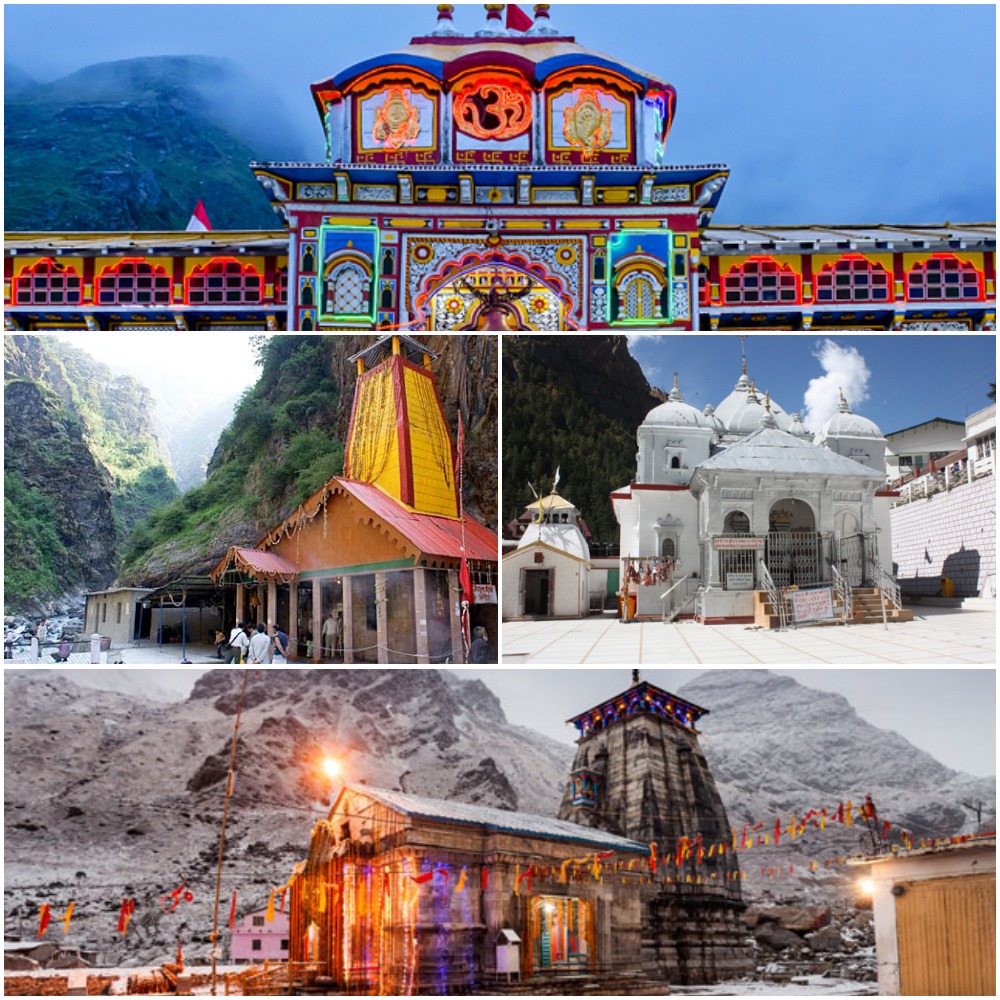
Experiencing the Local Culture
The Char Dham Yatra is not just about the shrines; it’s also about the rich cultural experiences along the way. Here are some ways to immerse yourself in the local culture:
1. Attend Local Rituals
Many temples and shrines have specific rituals and ceremonies. Participating in these can enhance your understanding of local beliefs and practices. Ask local priests or guides about the timings of important rituals to ensure you don’t miss out.
2. Engage with Local Artisans
While traveling, you’ll encounter various artisans and craftsmen. Engage with them to learn about traditional crafts and even take home unique souvenirs. Items like woolen clothes, wooden carvings, and local handicrafts are often available.
3. Participate in Community Activities
Some areas may have local festivals or events during your visit. Engaging in these activities can provide insights into the community’s way of life and deepen your connection to the region. Don’t hesitate to join in traditional dances, music, or even cooking sessions.
4. Culinary Experiences
Local cuisine is a significant part of the cultural experience. Try dishes unique to the region, such as Bhaang ki Chutney, Chakrata Aloo, and local sweets like Bal Mithai. Eating at local dhabas not only supports the community but also offers a taste of authentic flavors.

Health and Safety Considerations
Traveling in the Himalayas requires awareness of health and safety protocols. Here are some essential considerations:
1. Altitude Sickness Awareness
Altitude sickness can affect anyone traveling to high elevations, regardless of fitness levels. Symptoms include headaches, nausea, dizziness, and fatigue. To mitigate risks, ascend slowly, stay hydrated, and listen to your body. If symptoms worsen, descend to a lower altitude immediately.
2. Stay Informed About Weather Conditions
The weather in the mountains can change rapidly. Before embarking on treks, check local weather forecasts and be prepared for sudden changes. Carrying a raincoat and extra layers is advisable.
3. Follow Safety Guidelines
Pay attention to local safety guidelines, especially during treks. Stick to designated paths, avoid shortcuts, and travel in groups whenever possible. Inform someone about your travel plans and expected return times when trekking in remote areas.

Reflecting on the Journey Post-Yatra
After completing the Char Dham Yatra, many pilgrims experience a sense of fulfillment and introspection. Here’s how to reflect on your journey:
1. Keep a Journal
Maintaining a travel journal during the yatra allows you to document experiences, emotions, and lessons learned. This can serve as a beautiful keepsake and a reference for future pilgrimages.
2. Share Your Experience
Share your experiences with family and friends. This not only spreads the word about the significance of the Char Dham Yatra but also inspires others to undertake the pilgrimage. Consider sharing your journey on social media platforms or writing a blog.
3. Practice Gratitude
Take a moment to express gratitude for the experiences and lessons gained during the journey. This practice fosters a deeper connection to the spirituality of the yatra and encourages mindfulness in daily life.
4. Incorporate Spiritual Practices
After the yatra, consider incorporating spiritual practices learned during the pilgrimage into your daily routine. This could include meditation, prayer, or attending local temple services.
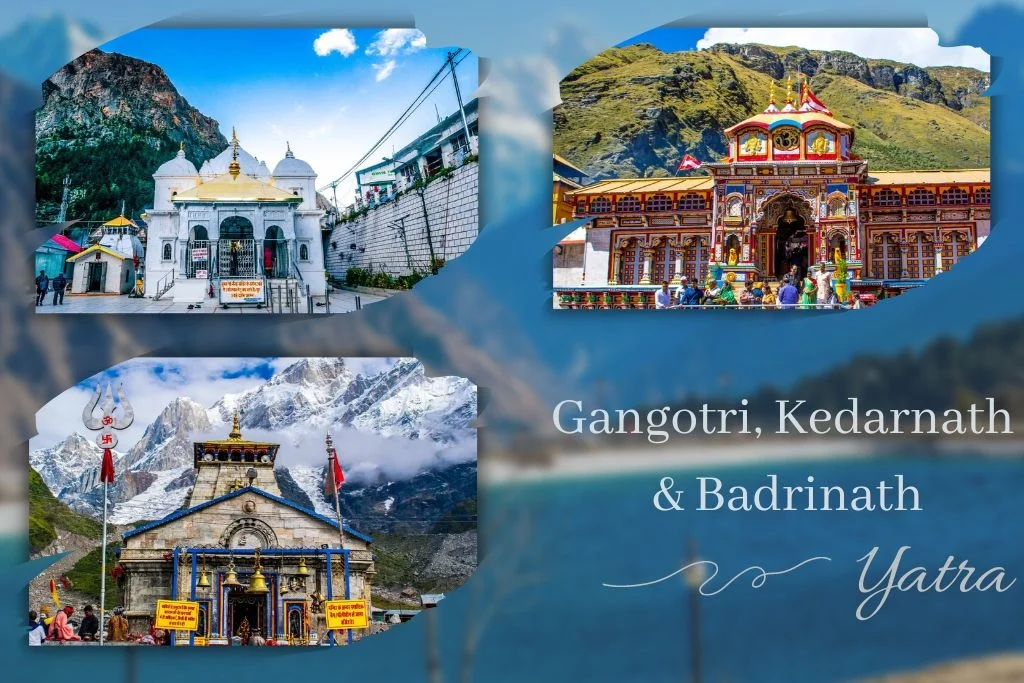
Understanding the Logistics of Traveling by Bus
Traveling by bus during the Char Dham Yatra can be an enriching experience, allowing you to enjoy the scenic beauty of the Himalayas while keeping costs low. Here’s a deeper look into the logistics of bus travel and how to navigate it effectively.
1. Types of Buses Available
- Government Buses: These buses are economical and provide basic facilities. They are reliable and cover all major routes, making them a popular choice among pilgrims.
- Private Buses: For added comfort and convenience, private buses offer better amenities and may provide food and refreshments. They are ideal for those who prefer a more comfortable journey.
2. Booking Your Tickets
- Online Booking: Many travel agencies and platforms allow you to book bus tickets online. Booking in advance can secure your seats, especially during peak season.
- Local Booking: If you prefer, you can also book tickets directly at the bus station. However, this might require arriving early, as buses can fill up quickly.
3. Bus Schedules and Timings
Buses usually operate on fixed schedules, with multiple departures throughout the day. Familiarize yourself with the timings to plan your itinerary accordingly.
- Travel Tip: Arrive at the bus terminal at least 30 minutes early to avoid any last-minute rush.
4. Comfort During the Journey
- Seating Arrangement: Most buses offer either sleeper or reclining seats. Choose based on your comfort preference and the duration of the journey.
- Amenities: Some buses may provide amenities like charging ports, blankets, and onboard refreshments. Check reviews or descriptions while booking to choose a comfortable option.
5. Food and Refreshments
While traveling, it’s essential to stay nourished. Most bus routes have designated stops for meals, usually at dhabas or local eateries.
- Pack Snacks: Carry some snacks, fruits, and bottled water for convenience, especially on longer journeys.
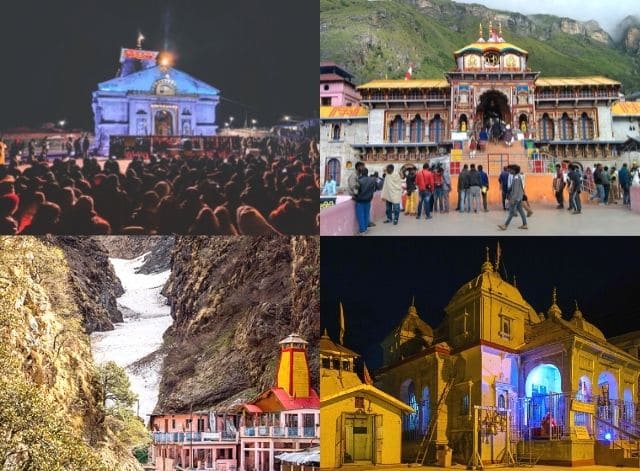
Spiritual Etiquette at the Char Dhams
Understanding the customs and etiquette at the Char Dhams can enhance your pilgrimage experience. Here are some essential points to keep in mind:
1. Dress Modestly
When visiting temples, dressing modestly is crucial. Women should wear long skirts or pants, while men should avoid shorts. Covering shoulders is also respectful.
- Footwear: Most temples require you to remove your shoes before entering. Carry a small bag for easy storage while you explore.
2. Be Respectful of Rituals
Each dham has its rituals and customs. Observe the practices of local devotees and participate respectfully.
- Photography Restrictions: Some areas may have restrictions on photography, particularly during rituals. Always ask for permission before taking photos.

3. Offerings and Donations
It’s customary to make offerings at temples, such as flowers, fruits, or money. Respect the local traditions regarding donations and offerings, as these are considered acts of devotion.
- Financial Contributions: Many temples rely on donations for their upkeep. Consider contributing if you feel inclined, as it supports the temple’s maintenance.
4. Maintain Cleanliness
Keep the surroundings clean during your visit. Dispose of waste properly and avoid littering, as maintaining cleanliness is vital in these sacred spaces.
5. Help Fellow Pilgrims
Offering assistance to fellow pilgrims can foster a sense of community and camaraderie. Whether it’s helping someone with directions or sharing food, small acts of kindness enhance the collective experience.

Embracing Challenges During the Yatra
The Char Dham Yatra is not without its challenges, from physical exertion to unpredictable weather. Embracing these challenges as part of the journey can lead to personal growth and resilience.
1. Physical Challenges
Trekking to the dhams can be strenuous, especially for those unaccustomed to high altitudes. Listen to your body and take breaks when needed.
- Mental Preparation: Prepare mentally for the physical challenges. A positive mindset can significantly enhance your endurance and overall experience.
2. Weather Conditions
The weather in the Himalayas can be unpredictable, with sudden rain or drops in temperature. Be prepared for varying conditions by packing appropriate clothing and gear.
- Adaptability: Being adaptable to changing weather can reduce stress. Embrace the beauty of the environment, rain or shine.
3. Long Travel Hours
Bus journeys can be long and tiring. Bring entertainment options like books or music to keep yourself occupied during travel.
- Breaks and Stretching: Utilize rest stops to stretch and refresh. Walking around can help reduce fatigue during long journeys.
4. Mental and Emotional Resilience
Pilgrimages often evoke deep emotions. You may encounter moments of doubt or fatigue, but these are part of the spiritual journey.
- Mindfulness Practices: Employ mindfulness techniques such as deep breathing or visualization to stay grounded and focused on your purpose.
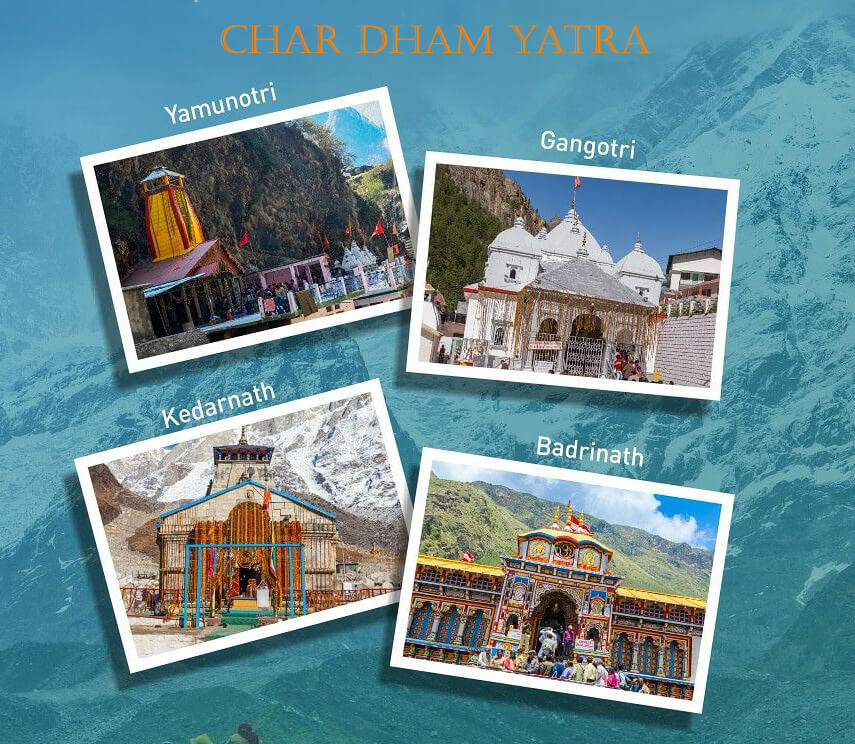
The Return Journey: Reflecting and Sharing
After completing the Char Dham Yatra, taking time to reflect on your experiences and insights is important. Here are some ways to process your journey:
1. Reflective Practices
Engage in practices like meditation, journaling, or quiet contemplation to process your experiences. Reflect on what the journey meant to you personally and spiritually.
2. Sharing Your Story
Sharing your experiences with others can be incredibly fulfilling. Whether through storytelling, blogging, or social media, conveying your journey can inspire others to undertake their own pilgrimage.
- Support Community: Consider joining or forming a community of fellow pilgrims to share stories and support one another in future spiritual endeavors.
3. Stay Connected to the Experience
Post-yatra, stay connected to the insights and lessons learned during the journey. Consider incorporating spiritual practices into your daily routine to maintain the momentum gained during the yatra.
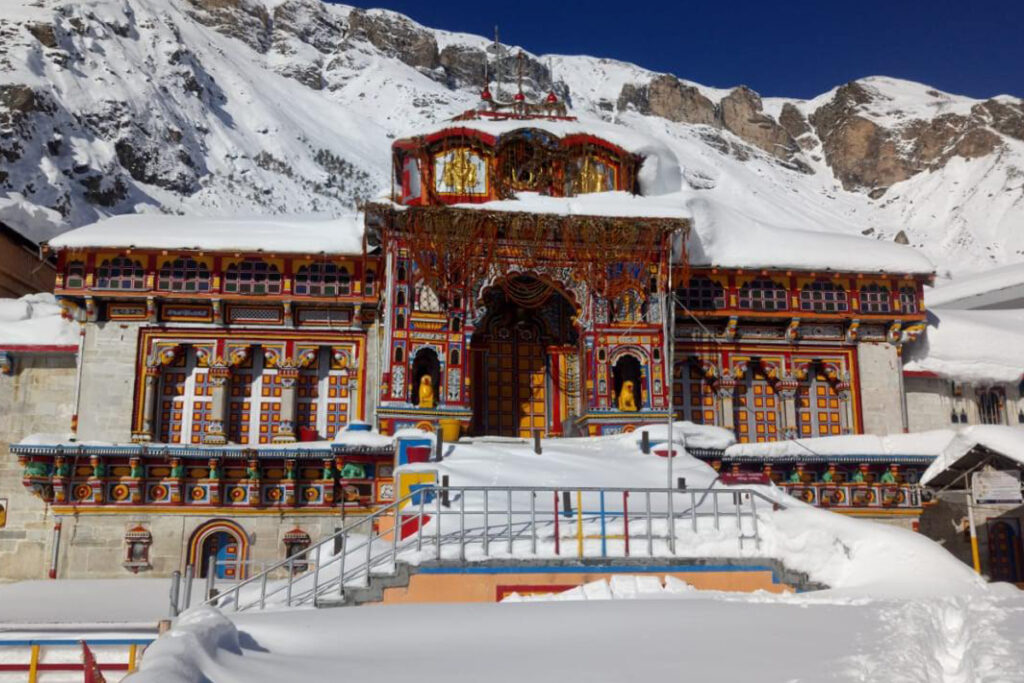
Conclusion
The Char Dham Yatra by bus offers a cost-effective and manageable way to undertake this sacred pilgrimage. By understanding the various cost factors, package options, and practical considerations, you can make informed decisions and prepare adequately for the journey. Whether you opt for a budget-friendly package or a more comfortable luxury option, traveling by bus provides a fulfilling and memorable spiritual experience.
May your Char Dham Yatra be blessed with divine grace and offer you a profound connection to the sacred sites nestled in the Himalayan heights. Safe travels and a spiritually enriching pilgrimage await you!
This guide provides a detailed overview of the costs associated with Char Dham Yatra by bus, including various package options, factors affecting pricing, and practical tips for a successful journey.








Leave a Reply